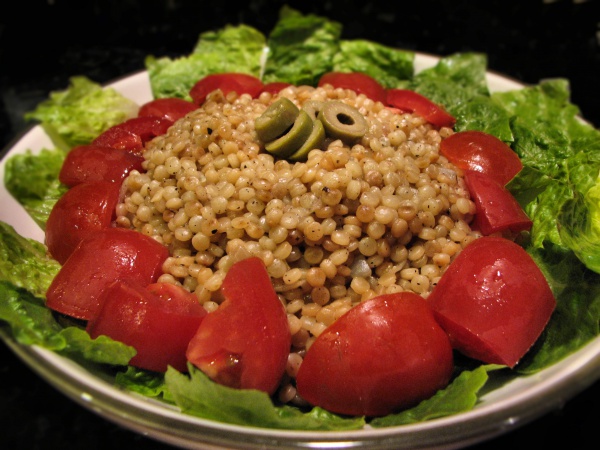Facts About Ptitim
Ptitim, known by various names such as Israeli couscous, Jerusalem couscous, giant couscous, or pearl couscous, is a distinctive type of toasted pasta originating from Israel. Developed in the 1950s by the Osem food company at the behest of Israel's first Prime Minister, David Ben-Gurion, ptitim was created as a rice substitute during a period of scarcity. Crafted from hard wheat flour, ptitim is extruded through molds, cut, and then toasted to achieve its characteristic grain-like shape and delightful nutty flavor.
In Israel, ptitim is particularly popular among children and is often served plain or combined with ingredients such as fried onions and tomato paste. It comes in various shapes and types of flour to cater to diverse palates. Although traditionally seen as a children’s food in Israel, ptitim has transcended its original role, appearing in gourmet dishes worldwide. Today, it can be found in trendy restaurants and gourmet markets alike.
What makes ptitim exceptionally versatile is its ability to retain its shape and texture even after reheating, making it suitable for an array of dishes, both hot and cold. It can be mixed with vegetables, meat, chicken, or sausage and is ideal for frying, baking, or inclusion in soups, pies, stuffing, risotto, or even desserts. Although ptitim shares similarities with other products like farfel, pearled couscous, berkoukes, fregula, and pastina, it distinguishes itself through its unique toasting process, which imparts a distinct flavor, preparation method, and texture.

 Jordan
Jordan